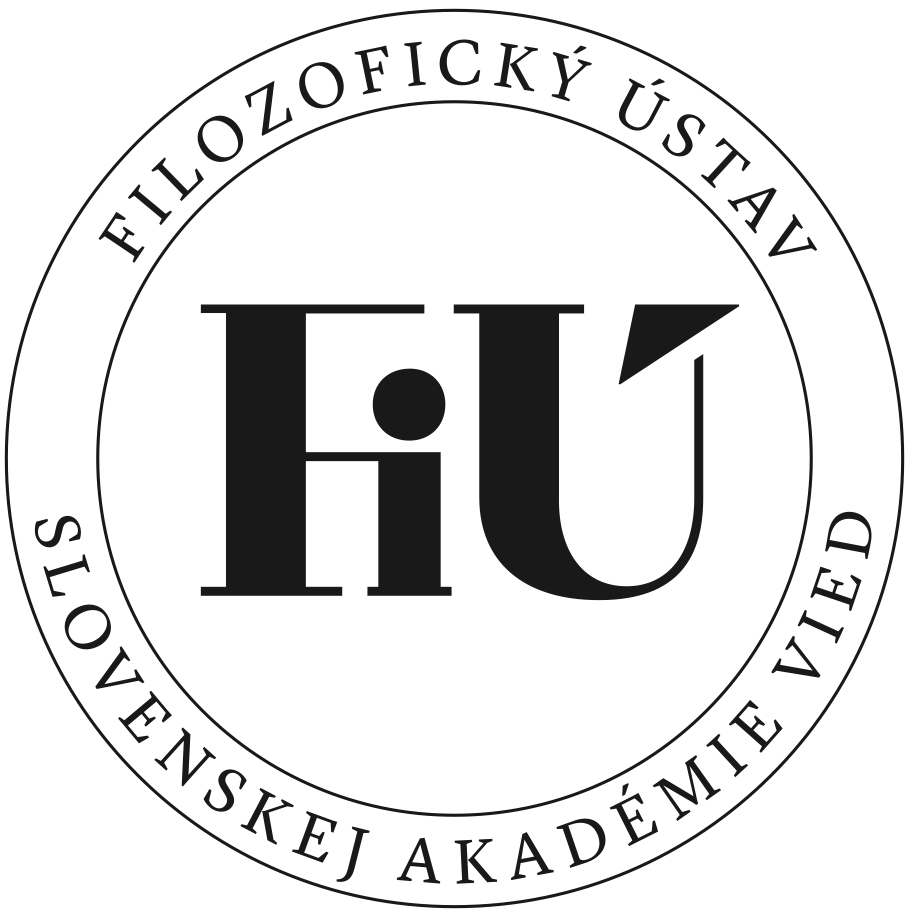Detail príspevku/publikácie
Umelé prostredie a integrácia človeka
Typ článku: State a diskusie
Abstrakt
The paper does not intend to be a systematic explication of the problem of artificial environment in the human world. The authoress attempts at enlightening this problem from some theoretical and historical aspects so as to show its various conceptions and its historically changing role in the life of man and of society. 1. In contrast to the narrow conception that takes the artiTcial environment as terminus technicus for the material-technical and urban organization processes concerning the living space and the surroundings of man, the authoress points to the many-aspectedness and ambivalence of this problem and their importance in the social and cultural-spiritual li’e of man. Philosophy, unlike the special branches of science and work that take part in the practical formation of the living space (e. g. architecture, urbanistics, various branches of engineering and applied arts, etc.) must defend the polyfunctional approach to investigation of this phenomenon and present the problem of its evaluation from the point-of-view of the whole living structure and the hierarchy of the human life functions, social and spiritual activities and in consequence of this to apply also certain “normative“ demands for the conception and creation of the artificial environment. 2 In contrast to the traditional absolutist contraposition of the “artificial“ and „natural“ in the world of man the appeared in the romantic philosophy and that was connected with the beginning of capitalist industrialization devastating nature and dehumani ing man, the authoress emphasizes the regularity of the origin of artificial environment in the world of man and points out its thorough anthropological importance, as it was discovered by the classical German philosophy and as it was materialistically elaborated by K. Marx. She points to the share of man’s artifical creation in bis cultural and spiritual self-creation and development. At the same time she points to its ambivalent character gradating with the increase of artificial structures in life of man and especially with the fact of their superiority over man and of the dehumanized operation of the technical-industrial mechanisms. In connection with this the authoress expounds the need of distinguishing the character and quality of the artificial environment itself, especially with regard to the beginning of the epoch of scientific-technological revolution. 3. The historical and contemporary philosophical conceptions of artificial environment (the romantic and anti-scientistic, scientistic and anthropologically unreflected, especially interesting attitudes of J. Fourastié to this question) are used by the authoress as a means for the searching and forming of conditions under which the scientific-technological progress leads to humanly sustainable artificial structures and under which the artificial environment plays — while in tension with man — the role of a humanizing factor and becomes also a positive spiritual climate for man and society of the given age.
Súbor na stiahnutie: PDF
